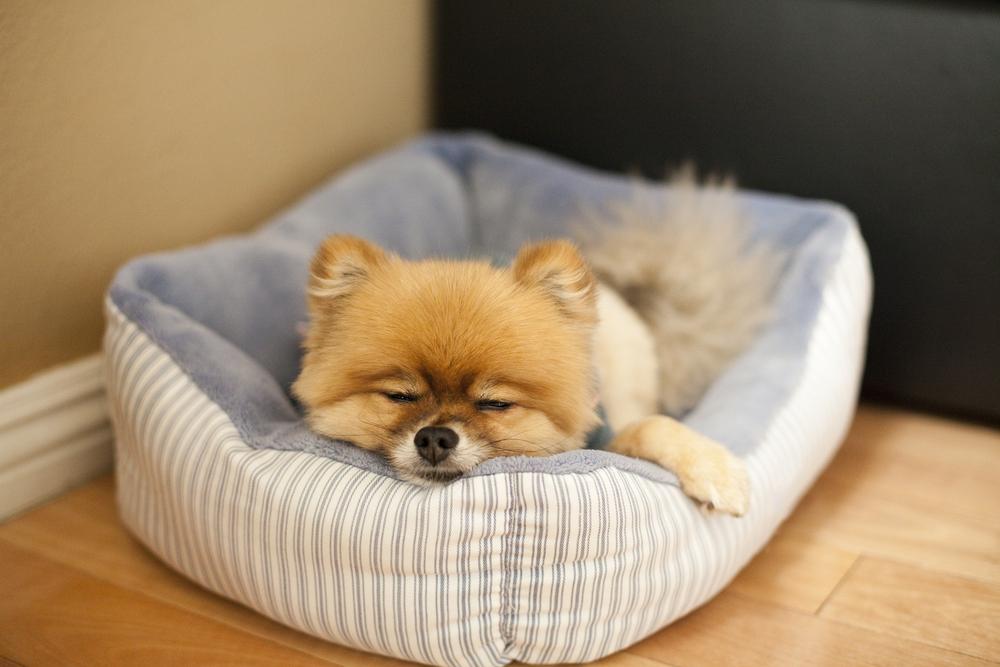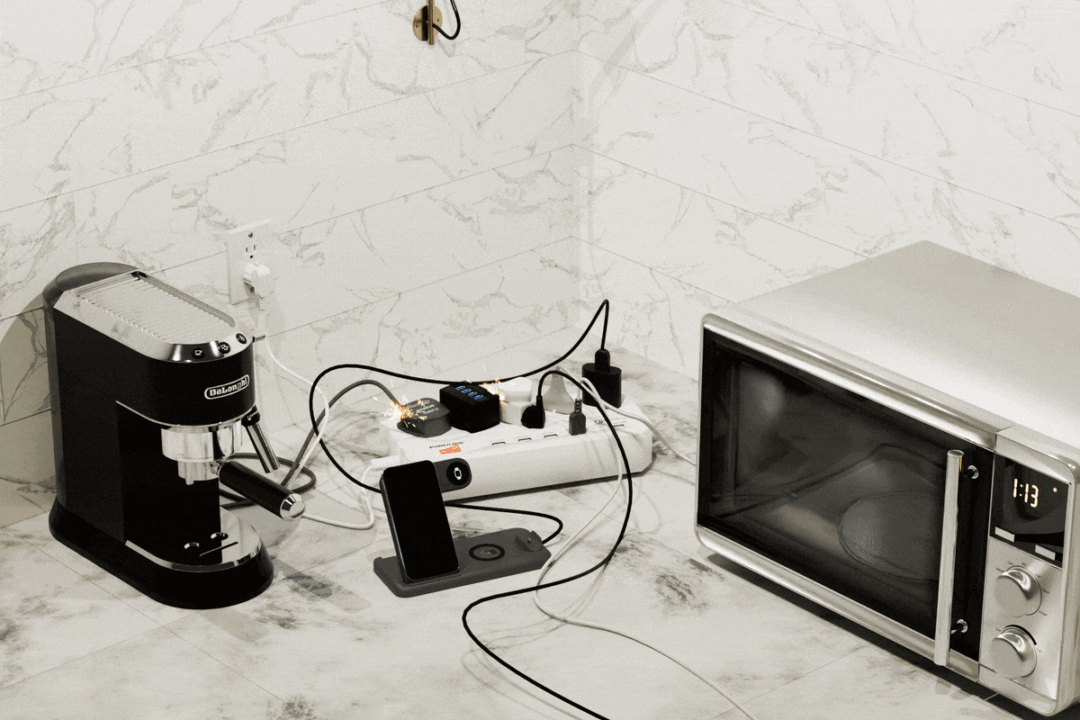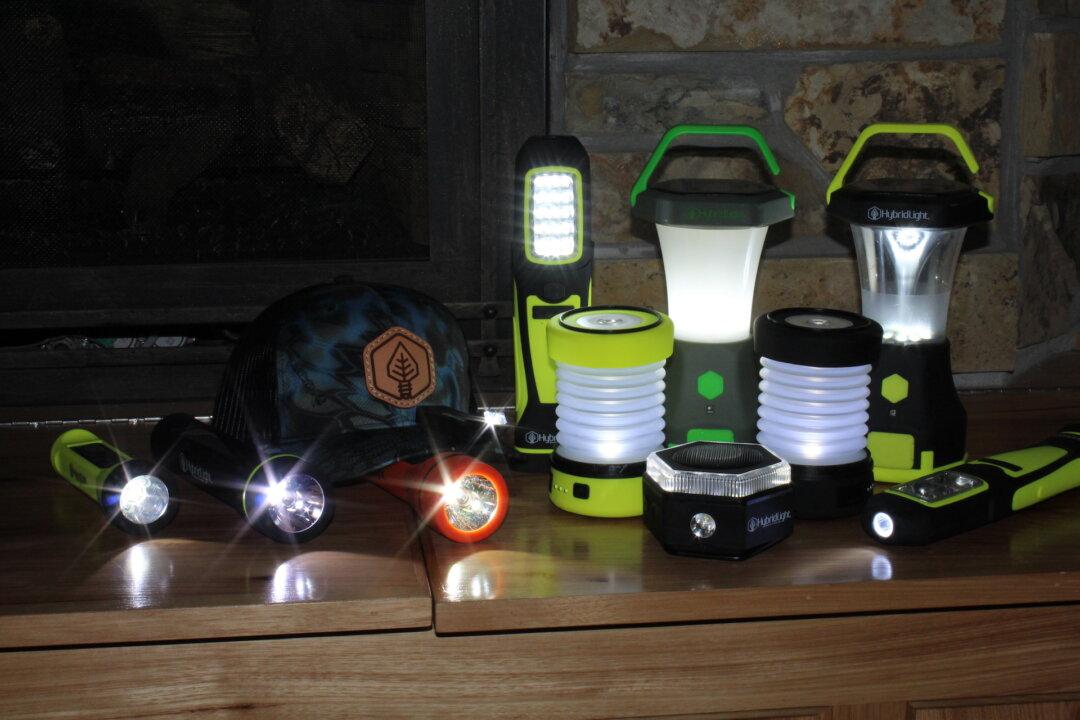Regardless of the pet, from a dog to a cat, a bunny, or anything else that can walk, crawl, or even slither around the house, they will look for anything they can get into in hopes of finding a tasty snack, or maybe a great place to take a nap.
Food-Proof Everything
Starting with the interior of the home, most child-proofing suggestions can be applied to pet-proofing a home, such as using a rubber band to keep cabinet doors below counter height closed, and using a trash receptacle that has a securely closing lid. Store pet food in tightly sealed containers; if a pet smells food, it will not rest until it finds a way to get to it.When putting food down on a counter, even for just a moment, set it back from the edge so as to not tempt the pet to jump for it. Even the most well-behaved large dog may suddenly decide to try to snatch a plate of sliced meats or a pie fresh from the oven. The fact that the food may be piping hot doesn’t seem to be a factor when a pet makes a move to grab off-limits food, which makes keeping them away from it even more important to help prevent accidental food-related injuries.






